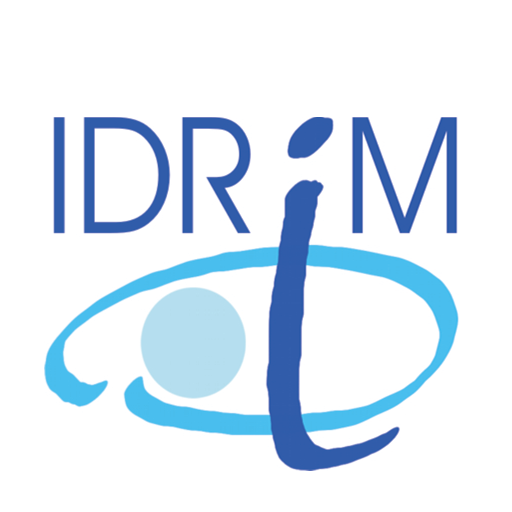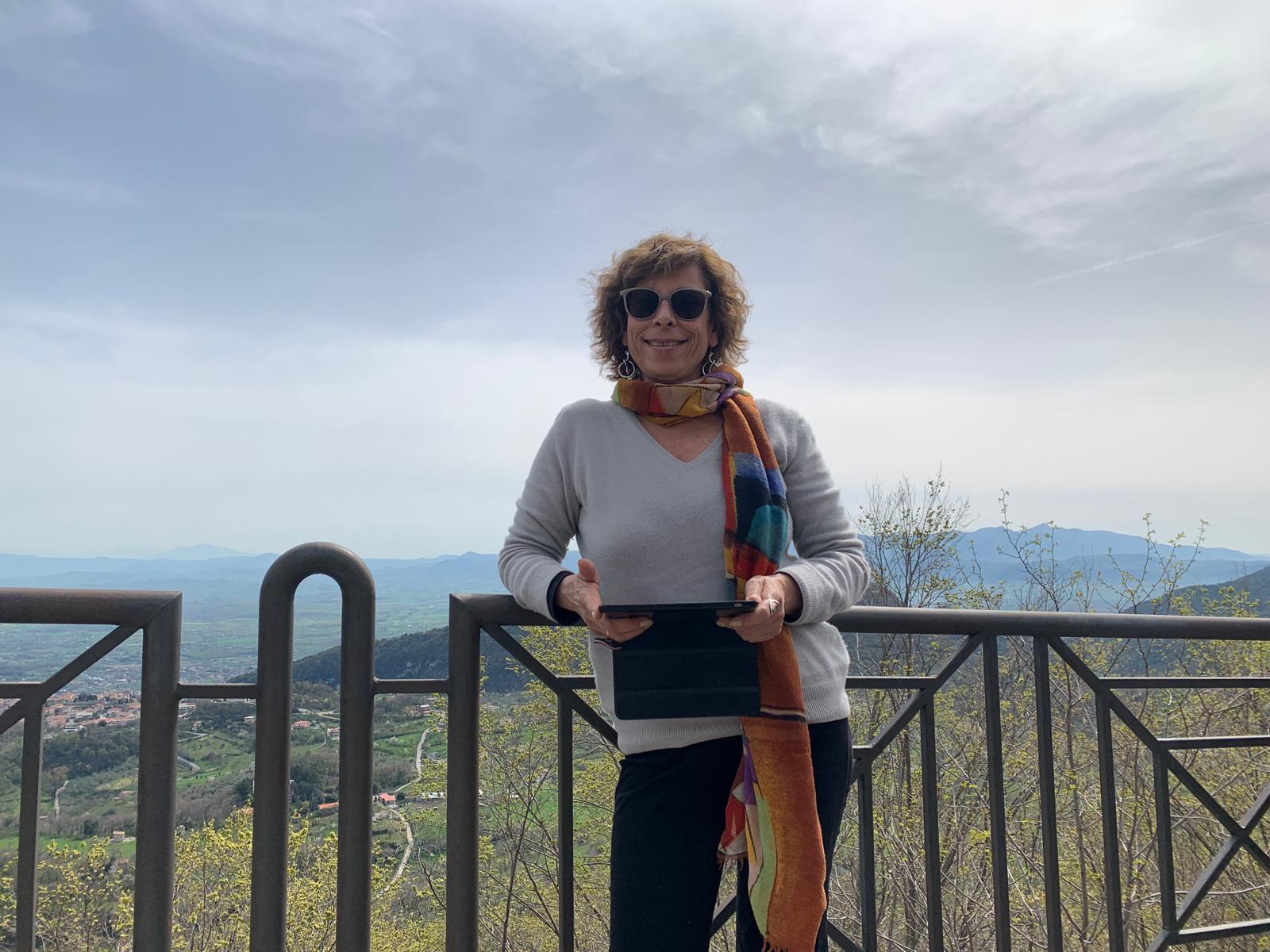
Adriana GALDERISI, Professor, Università della Campania Luigi Vanvitelli, Italy
Presenting: “Revitalisation strategies and risk management in inner peripheries: the need of integrated approaches”
Abstract: The so-called inner peripheries, largely widespread all over Europe and especially in Southern Europe, represent peripheral and marginal areas, experiencing depopulation and ageing phenomena due to multiple factors, such as geographic remoteness, poor connectivity, weak socio-economic performance, and limited access to key facilities. Furthermore, most of these areas are threatened by different hazards, often playing as accelerators of the on-going abandonment processes, also due to the constantly increasing physical and systemic vulnerabilities. Current strategies aimed at revitalizing these areas, which are crucial to a balanced and sustainable development of wider regions, seem to ignore or neglect risk issues. Therefore, with reference to a research project developed and tested on selected inner peripheries located in Southern Italy, the potential of the concept of resilience as a key tool to understand the multiple fragilities of these territories, exposed to chronic stresses and sudden shocks, and support the definition of integrated revitalization strategies, will be examined and discussed.
Short Bio: Adriana GALDERISI is a full Professor of Spatial Planning at the Department of Architecture and Industrial Design – University of Campania Luigi Vanvitelli.
She is a member of the Coordinating Board of the Thematic Group Resilience and Risk Mitigation Strategies of the Association of European Schools of Planning (AESOP) and a member of the Board and Council of Representatives of the Italian Society of Urban Planners (SIU).
Her research activities have been mostly focused on methods and tools for natural, technological and climate-related risks reduction, with a particular attention to vulnerability and resilience of urban systems and remote areas in the face of heterogeneous hazard factors.
She has coordinated research teams within numerous National and European Projects (EU Project ARMONIA – Applied Multi Risk Mapping of Natural Hazards for Impact Assessment”. VI Framework Program; EU Project SCENARIO – Support on Common European Strategy for sustainable natural and induced technological hazards mitigation).
She has been the Scientific Responsible for the European Project “ENSURE – Enhancing resilience of communities and territories facing natural and na-tech hazards” and for the National Project RI.P.R.O.VA.RE – Rehabiting Small Villages. Operational Strategies for Enhancing Resilience of Inner Peripheries.
Currently, she is collaborating to the following projects: the “Cultural Heritage Active Innovation for Sustainable Society” (CHANGES) Project, funded by the European Union (Next Generation EU); the National Project “Reloading city: a new systemic approach to urban and territorial regeneration”, funded by the Ministry of University and Research; the National Project “URBANSENSE”, funded by the Ministry of University and Research She is author of numerous papers presented at national and international conferences and more than 160 publications (monographs, chapters in books and scientific articles).
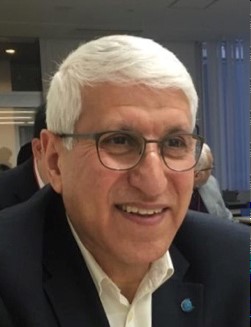
Mohsen GHAFORY-ASHTIANY, Professor, International Institute of Earthquake Engineering and Seismology (IIEES), Iran
Presenting: “System Approach to Urban Resilience to Natural Hazards”
[Due to VISA complications, Prof. Ghafory-Ashtiany cannot deliver his keynote speech]
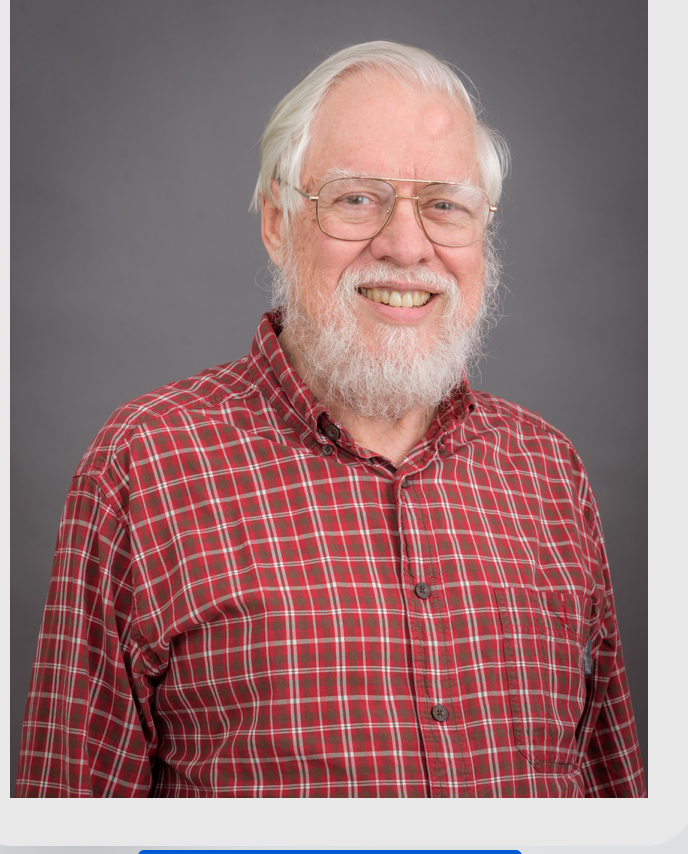
Rob GOBLE, Research Professor of Environmental Science and Policy, Clark University, USA
Presenting: “Science, Implementation Science, and Disaster Risk Management”
Abstract: My goal in this talk is for all of us to take a step back together and reflect on what we do as professionals working on disaster risk management (DRM). In particular, I wish for us to consider the nature of the science that we use and how we use it. I have a secondary goal and that is to have us consider the current efforts of IDRiM to develop an “implementation science” in the light of these reflections. The talk consists of reflections on the nature of science, reflections on ways in which science can be used, observations about the many different sciences that inform DRM, and some thoughts about how an implementation science might fit among those many sciences.
Short bio: Rob Goble is Research Professor of Environmental Science and Policy in the George Perkins Marsh Institute, Clark University’s interdisciplinary research center concerned with human-environment interactions. He was its director 2006-8. Professor Goble earned a Ph.D. in physics from the University of Wisconsin. He combined teaching with research in theoretical particle physics at Yale University, the Universities of Minnesota and Utah, and Montana State University. He joined the faculty of Clark University with new interests in technology assessment and in risks and hazards. His research has ventured into such topics as air pollution, energy systems (small and large), climate change, toxic chemical risks, occupational health, disease risk, radiation hazards, emergency planning for nuclear accidents, and risk perspectives in international development. His concern for environmental justice has led to sustained community-based work with Native American communities exposed to chemical and radiation hazards and with urban neighborhoods in Worcester. Ongoing themes are understanding the implications of variability in people’s responses to hazards, and in understanding various ways in which people and institutions cope with uncertainty. Professor Goble’s current research follows these themes with a focus on systemic risks, especially the human side of systemic risks. Two examples are i) learning how implementation works or fails to work for projects and policies; a paper from that effort “Implementation gaps are persistent phenomena in disaster risk management: a perspective developed after discussions at IDRiM 2022” with coauthors Norio Okada, Kami Seo, and Guoyi Han, received the paper of the year award from IDRiM in 2024; ii) efforts at updating and applying the social amplification of risk framework. He believes in and enjoys collaborative work.
Professor Goble’s research has been funded by a variety of National and International entities, and by private foundations. He has also served on a variety of advisory panels whose service ranges from international organizations and governments to local community organizations, where his particular concern has been improving communication and understanding between scientists and diverse stakeholders.
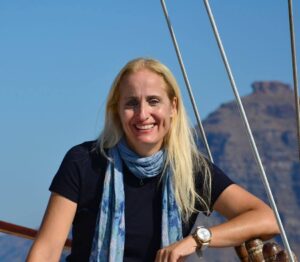
Paraskevi (Evi) NOMIKOU, National and Kapodistrian University of Athens, Greece
Presenting: “The 2025 seismic crisis reveals a coupled magma feeding system at Santorini and Kolumbo”
Abstract: The 2025 volcano-tectonic crisis of Santorini and Kolumbo in the Aegean Sea offered an unprecedented opportunity to study the dynamics of interconnected magmatic systems. Ground deformation began in July 2024, with GNSS and satellite data revealing uplift of up to 50 mm within Santorini caldera, accompanied by elevated CO₂ and H₂ emissions. On 27 January 2025, a vigorous earthquake swarm initiated northeast of Santorini, near Kolumbo volcano, and persisted for more than a month. Seismicity evolved in phases, beginning with deep events (12–18 km) and migrating northward toward Anhydros Island at ~1 km/h. At least 12 seismic surges were identified, marked by bursts of seismicity, tremor activity, and MW>5 earthquakes concentrated at the dike tip.
Moment tensor analysis of 180 events (MW>3.6) indicated normal faulting with a NW–SE tension axis, consistent with dike intrusion. A high-resolution catalogue of >28,000 earthquakes revealed a segmented, rapidly ascending dike fed by sustained magma inflow. Geodetic inversion identified two main sources: deflation of a mid-crustal reservoir beneath Kolumbo (~0.08 km³ at ~7.6 km depth) and emplacement of a ~13 km long dike between Kolumbo and Anhydros (~0.3 km³). The sequence—Santorini inflation, Kolumbo deflation, and dike intrusion—demonstrates strong coupling between the two systems, likely mediated by stress transfer within the crustal plumbing network.
The keynote draws from: M. Isken, J. Karstens, P. Nomikou et al. (2025). Volcanic crisis reveals coupled magma system at Santorini and Kolumbo. NATURE (in press).
Short Bio: Paraskevi (Evi) NOMIKOU is a Professor at the Department of Geology and Geoenvironment of National and Kapodistrian University of Athens (Greece). She is a marine geologist studying the morphology of underwater volcanoes and has extensive experience in marine volcanic and seafloor extruding processes. She has participated in more than 80 oceanographic cruises on submarine volcanism, mud volcanoes, landslides and slope stability and the exploration of seafloor mineral deposits. She is the Principal Investigator of SANTORY (SANTORini seafloor’s observatorY», which monitors Kolumbo submarine volcano and provides solutions to understanding and mitigating impacts of explosive volcanic eruptions. Recently, she has played a leading role in the evaluation of the potential hazards associated to the tectono-magmatic activity NE of Santorini volcano. Prof. Nomikou inspires her students to explore sea floor using innovative marine technologies and is a role model for women considering a career in oceanography.
In recognition of her outstanding contributions, she was awarded the 2025 Fisher Medal by the International Association of Volcanology and Chemistry of the Earth’s Interior.
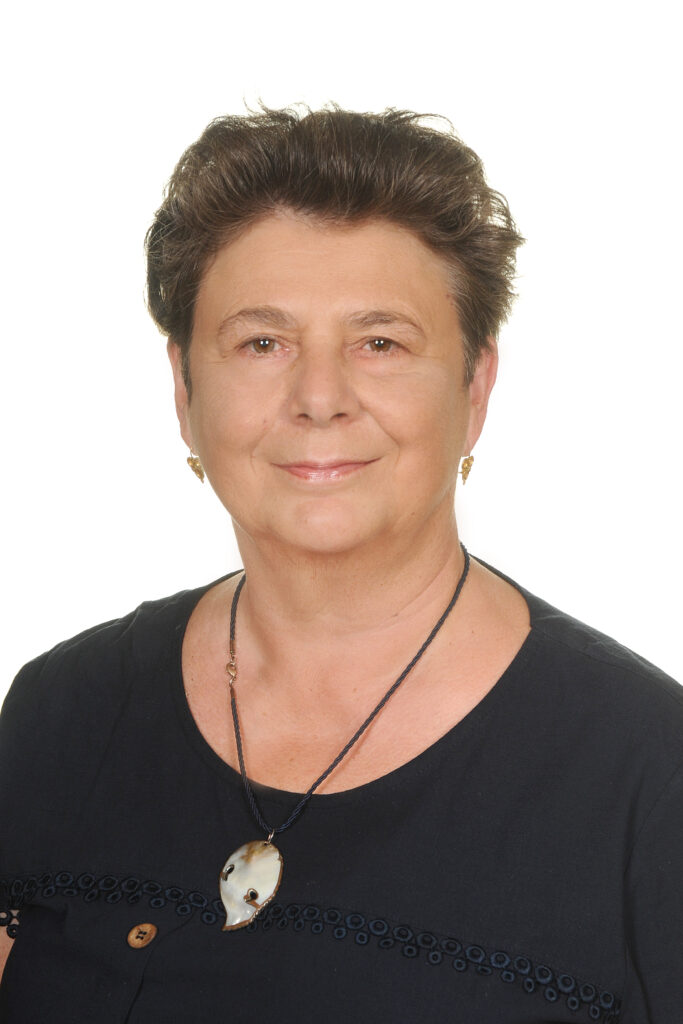
Kalliopi SAPOUNTZAKI
Professor Emerita, Harokopion University of Athens, Greece
Presenting: “(Disaster) Risk Governance in Islands: Theoretical Possibilities, Real-world Difficulties”
Abstract: (Disaster) Risk Governance has been widely acknowledged as the best path to risk assessment and management because it is a holistic, integrated and proactive approach, it represents a more democratic and transparent process for risk decision-making, it enhances the prospects of risk policy social acceptance and implementation, and ensures some degree of risk accountability. A critical query is whether these merits of Risk Governance apply in every geographical location and every community case, as for instance in places featured by geographical isolation and remoteness.
The presentation examines in depth the factors that may facilitate or cancel Risk Governance efforts in islands (with a focus on the Mediterranean region). Taking into consideration that Risk Communication is an omnipresent component and a critical prerequisite of Risk Governance the presentation delves into the two distinct phases of Risk Communication: Crisis/Emergency Communication and Pro-active Risk Communication. The major challenges for the islands, in the first case, is how to handle multiple layers of Uncertainty and in the second, how to reinforce Risk Perception [versus (tourism) development benefit perceptions] so as to activate appropriate mitigation responses. This is the necessary background for an autonomous but well net-worked DRM system based on insular community participatory processes.
Short Bio: Kalliopi SAPOUNTZAKI is Professor Emerita (Spatial Planning and Disaster/Risk Management) at Harokopio University of Athens, Department of Geography, Greece. She has been Dean of the Faculty of “Environment, Geography and Applied Economics” (2017-2024).
She holds PhD on Risk Management and Spatial Planning from the National Technical University of Athens (1990), MA diploma in Urban Design from the University of Manchester and Diploma in Architecture from the National Technical University of Athens.
She is Board member of the Society for Risk Analysis – Europe and she has offered lectures as visiting professor at several universities across Europe (University of Vienna, Technical University of Dortmund, University of Valencia etc). She has contributed to the UNISDR Global Assessment Report (GAR) 2019 and in several chapters of the report of the European Commission “Science for Disaster Risk Management 2020: Acting today, protecting tomorrow”. She has been Guest Editor of International Scientific Journals for open access Special Issues featuring disasters, climate change and spatial planning. She has been the principal author of a co-authored textbook on Risks and Disasters (in Greek) and the scientific leader of European Commission funded and national research projects focusing on risk and vulnerability analysis, resilience building and risk governance, mitigation and adaptation to climate change, sustainable development, urban and regional planning. She has published her work in international books and scientific journals and she has chaired the organizing and scientific committee of the 2024 international conference “Risk in Time and Space” (under the auspices of the Society for Risk Analysis – Europe) that was held in Athens (2-5 June 2024).

Ioannis SPILANIS
Professor Emeritus, University of the Aegean, Greece
Presenting: “Islands’ sustainable strategy: from vulnerability to resilience”
Abstract: Demographic and productive shrinkage were the main impacts caused by the unique characteristics of insularity (small size, peripherality and isolation, uniqueness but high fragility of natural and cultural resources) under the pressure of the dominant economic model of mass production in the 20th century, placing them in a vulnerable position.
Tourism development in recent decades has changed the trend, as islands are considered worldwide as very attractive places to visit and tour. New incomes, often very high, have been created, as well as new jobs. This development has created new challenges and another type of vulnerability.
Given the characteristics of islands, the principles that must govern their development in order to be sustainable -and par consequence more resilient – are: (a) Quality islands: production of high-quality and value-added products and services based on the exploitation of natural, cultural, productive and marine resources as compensation for the high production costs that make the competitive production of “common” products prohibitive; (b) Green islands with strict use of resources given their insufficiency and (c) Equal opportunity islands: provision of public interest services comparable to those of the mainland so that islanders are not second-rate citizens.
Short Bio: Ioannis SPILANIS is an economist, graduate of the University of Athens (1979). After postgraduate studies in “European and International Studies”, he obtained a PhD on “Tourism and regional development. The Greek case” in 1985 at the University of Grenoble (France). He worked at the Ministry of the Aegean as an expert in regional development (1987-1990).
He was Professor in the Department of Environment of the Aegean University and used to teach at the Master Programs “Planning, Management and Tourism Policy” and “Islands”. Today is Professor Emeritus.
His research interests within sustainable development issues, focus on islands’ development and tourism planning. As director of the Laboratory of Local and Insular Development, he was recently responsible for various studies as “European Islands and Cohesion Policy” (EU/ESPON), «Towards an Observatory and a Quality label of tourism sustainability in the Mediterranean» (UNEP / MAP / Plan Bleu), the “Atlas of Greek Islands”, “Insularity and Development Paths through funding opportunities” and “Strategic Planning for sustainable tourism in Ionian Islands”. In his capacity of director of the Aegean Sustainable Tourism Observatory, is taking part at the International Network of Sustainable Tourism Observatories and the Measuring Sustainable Tourism initiative of UNWTO. He was General Secretary of Aegean and Island Policy at the Ministry of Marine and Aegean during July 2012 – July 2013 and regional councilor at Vorio Aigaio Region (Region of Northern Aegean) during 2014-2023.
